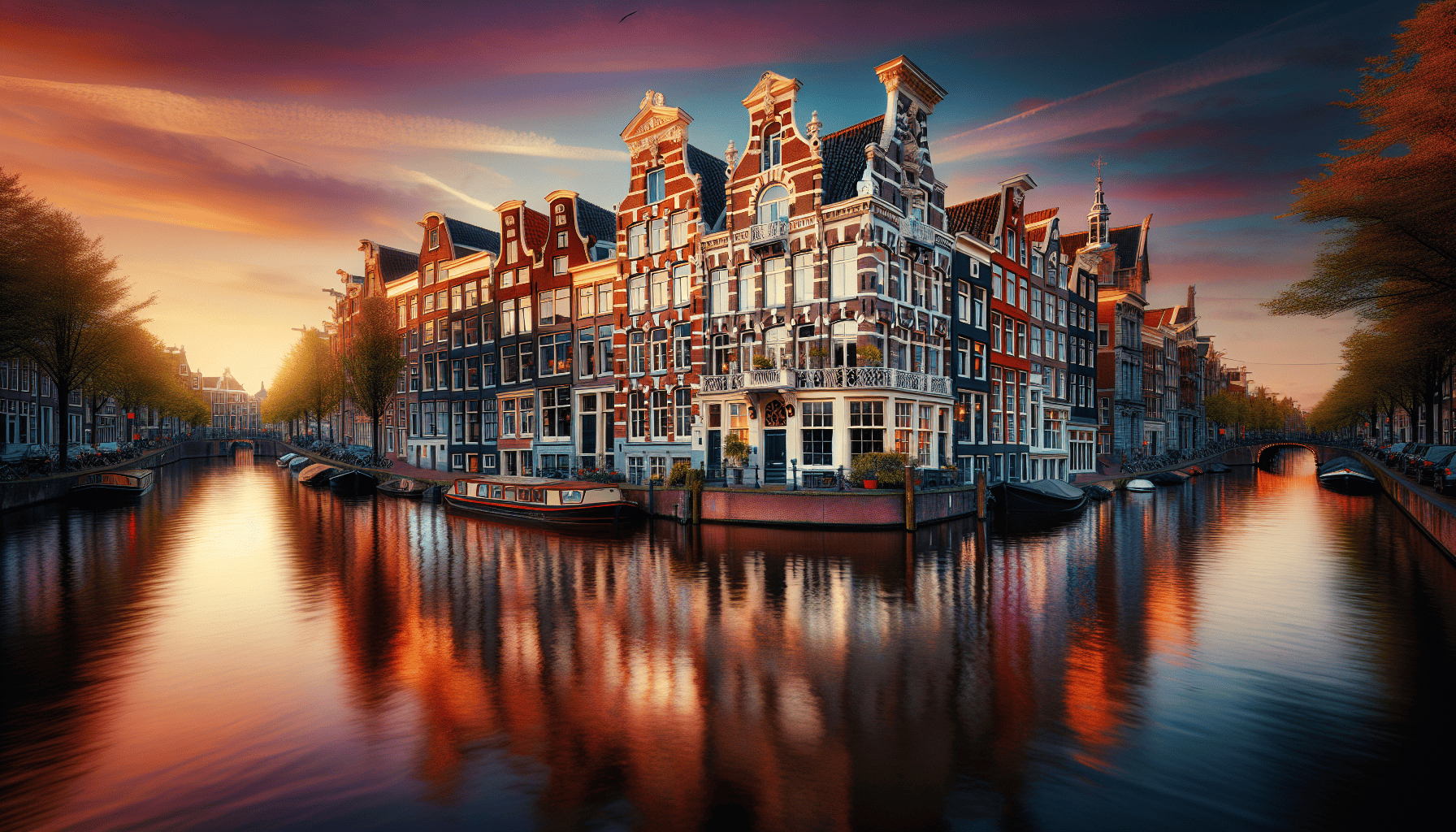Amsterdam, the capital of the Netherlands, is renowned for its intricate network of canals that weave through the city like veins of history and culture. With over 165 canals stretching across more than 100 kilometers, these enchanting waterways have rightfully earned Amsterdam the nickname, "The Venice of the North." Delving into their rich history and stunning architecture offers a fascinating glimpse into why they are revered worldwide and continues to captivate the hearts of millions of visitors each year.
Constructed during the Dutch Golden Age in the 17th century, Amsterdam's canal system was initially developed to promote trade and transport, as well as to improve urban living conditions. The elaborate design was part of a well-planned expansion project known as the 'Grachtengordel,' or canal belt. This ambitious undertaking not only aimed to manage water levels and thus prevent flooding but also to enhance the city’s commerce, connecting it to the rest of the world through its bustling ports.
Today, the canals stand as a testament to Amsterdam's innovative engineering and urban planning. As you stroll along the charming pathways lined with gabled houses, stepping into a time machine of sorts, you can witness the architectural grandeur of the 17th century reflected in the carefully preserved buildings. Each house tells its own story, with elaborate facades and decorative details showcasing the wealth and taste of their original inhabitants.
Beyond their functional origins, Amsterdam’s canals have evolved into a living canvas of culture and leisure. They embody a serene escape amidst the vibrant city life, where locals and tourists alike can soak in the picturesque scenery from the bow of a boat, recreational or otherwise. Canal tours offer an intimate view of the city’s nooks and crannies, transforming the urban landscape into a dynamic gallery of sights and sounds.
The UNESCO World Heritage designation of the canal district in 2010 highlights its global significance and underscores its preservation efforts to safeguard this historic landscape. Modern-day Amsterdam celebrates these efforts through a variety of festivals and events centered around its waterways, including the annual Grachtenfestival, a classical music festival that takes place on stages built on the canals.
Planning a visit to the canals of Amsterdam encompasses more than just sightseeing; it invites you to immerse yourself in a cultural tapestry woven together by centuries of history. Whether you're navigating the waters by boat, cycling along the scenic routes, or simply enjoying a leisurely walk, these waterways offer a timeless escape.
Exploration is endless, and for history enthusiasts, the Canal Museum, located in a beautiful 17th-century canal house, provides a deeper understanding of the origins and significance of these waterways. The museum's interactive exhibits and multimedia presentations offer captivating insights into how the canals have shaped mundane life and global connections across the centuries.
Deciding to visit the enchanting canals of Amsterdam is more than just embarking on a trip; it is an invitation to engage with the past and appreciate the exceptional allure they continue to hold in today's world. Whether you come for history, architecture, or simply to soak in the picturesque charm, Amsterdam’s canals promise an unforgettable experience. Your trip awaits, ready to unveil the stories and secrets held within its iconic waterways.
